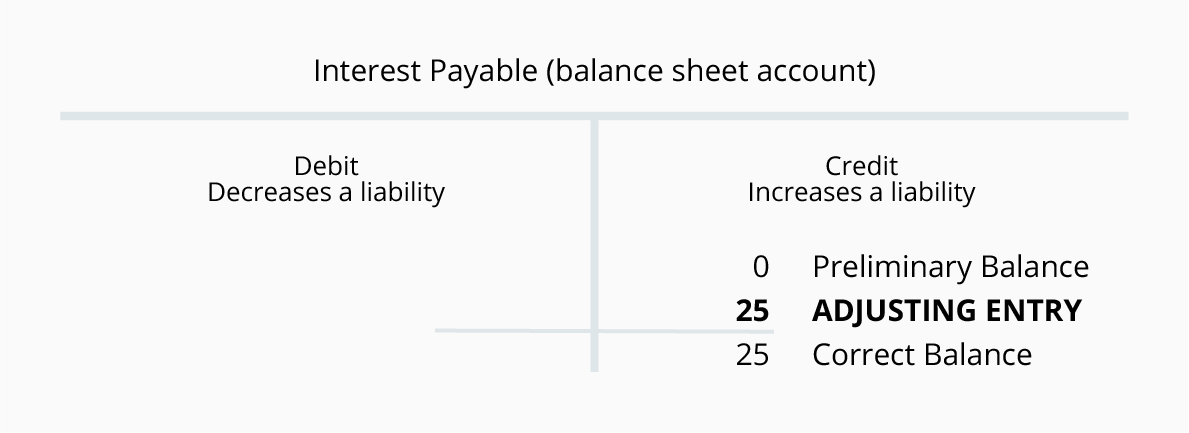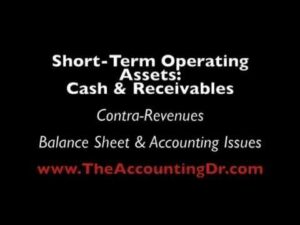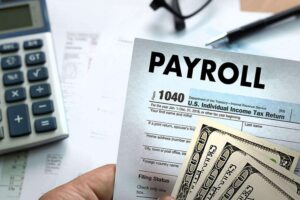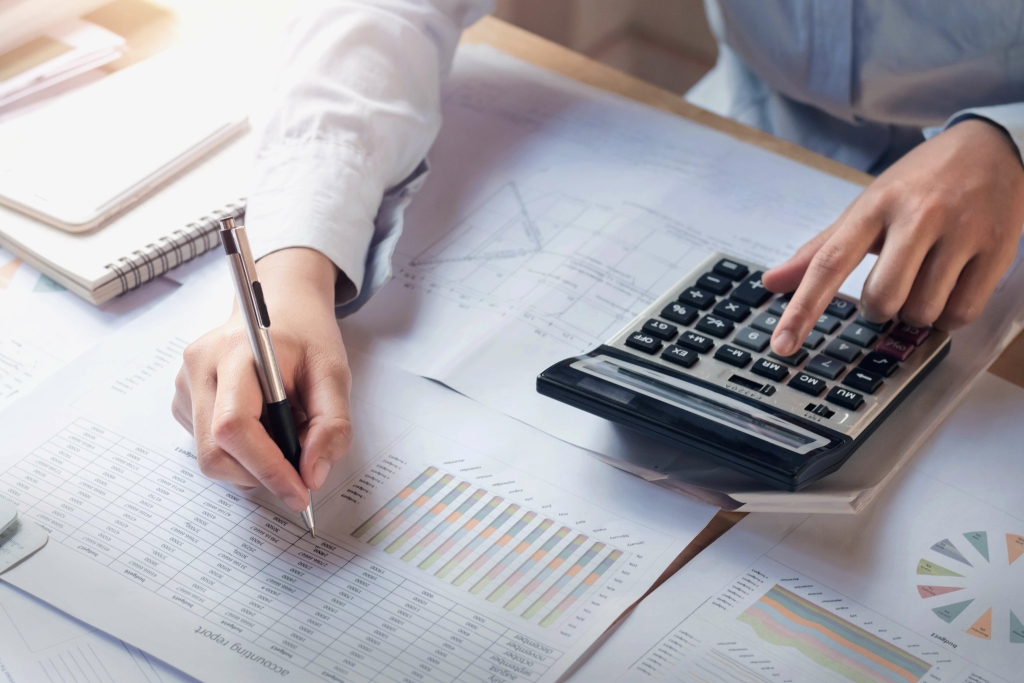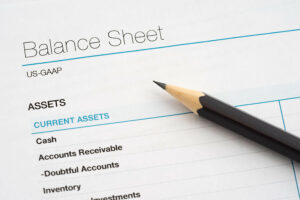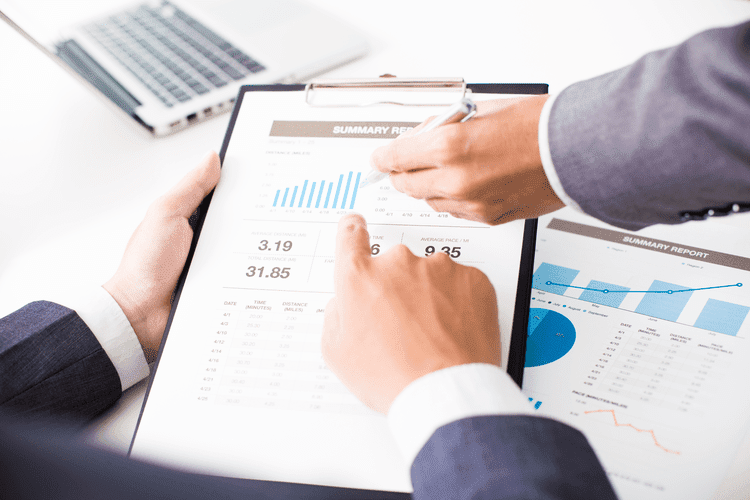
A growing owner’s equity is often seen as a positive sign, indicating a company’s ability to generate value for its shareholders. Understanding a company’s liabilities is essential for evaluating its financial health and risk profile. High levels of debt can strain a company’s cash flow and limit its ability to pursue new opportunities. For example, the bankruptcy of Toys “R” Us in 2017 was partly due to its unsustainable debt burden. It’s possible to create a simple balance sheet in Excel by reviewing the above liability types and including those relevant to your business.
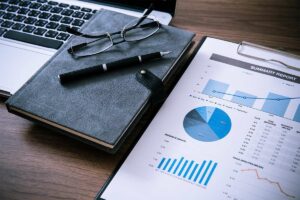
Ensuring Accurate Financial Reporting and Decision-Making

In short, liabilities are the opposite of total assets a company owns. It’s assets = liabilities and equity formula a tool used by company leaders, investors, and analysts that better helps them understand the business’s financial health in terms of its assets versus liabilities and equity. The balance sheet is just a more detailed version of the fundamental accounting equation—also known as the balance sheet formula—which includes assets, liabilities, and shareholders’ equity. In all, the balance sheet formula (a.k.a. the accounting formula or equity equation) displays the details included on your balance sheet. But having a holistic understanding of your business’s financial health takes more than simply completing this equation.
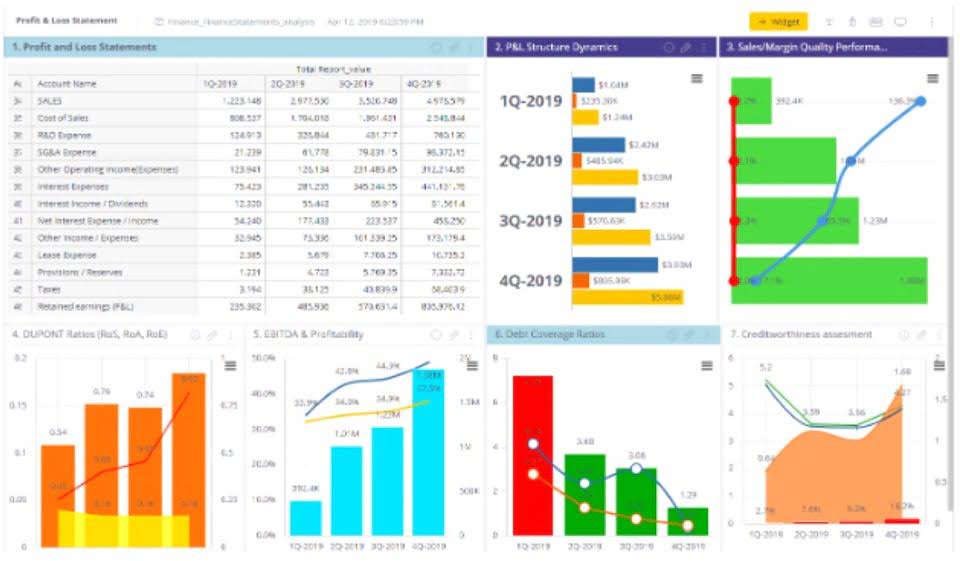
Breaking down the components of the accounting equation
The remainder is the shareholders’ equity, which would be returned to them. These may include loans, accounts payable, mortgages, deferred revenues, bond issues, warranties, and accrued expenses. In other words, the total amount of all assets will always equal the sum of liabilities and shareholders’ equity.

Examples of Assets and Future Benefit

They are divided into current assets, which can be converted to cash in one year or less; and non-current or long-term assets, which cannot. The balance sheet provides an overview of the state of a company’s finances at a moment in time. It cannot give a sense of the trends playing out over a longer period on its own. For this reason, the balance sheet should be compared with those of previous periods. Think of liabilities as obligations — the company has an obligation to make payments on loans or mortgages or they risk damage to their credit and business.
- Accountingo.org aims to provide the best accounting and finance education for students, professionals, teachers, and business owners.
- It should be noted that the term assets in accounting is much narrower than that used in the general sense.
- You can further break down your list of assets by determining which are current and which are noncurrent.
- It is also possible to grasp the information found in a balance sheet to calculate important company metrics, such as profitability, liquidity, and debt-to-equity ratio.
- For example the inherent value of employees, customer lists or brands of a business are in the general sense assets.
Importance of Owner’s Equity for Investors and Stakeholders
- A thorough understanding of the engineering behind financial statements is essential for a valuation assignment or an M&A transaction.
- Assets represent the valuable resources controlled by a company, while liabilities represent its obligations.
- There are a few common components that investors are likely to come across.
- With this information in hand, ABC corporation can rest assured that the business transaction its carrying out are being accurately reflected in its books.
Equity is also referred to as net worth or capital and shareholders equity. Long-term liabilities, on the other hand, include debt such as mortgages or loans used to purchase fixed assets. The revenue a company shareholder can claim after https://www.bookstime.com/ debts have been paid is Shareholder Equity. In fact, most businesses don’t rely on single-entry accounting because they need more than what single-entry can provide.
- Noncurrent or long-term liabilities include loans that’ll take you more than a year to pay off.
- Proper asset valuation and management are essential for businesses to maintain a healthy balance sheet and maximize their potential.
- They can also include loan interest, salaries and wages payable, and funds owed to suppliers or utility bills.
- And we find that the numbers balance, meaning Apple accurately reported its transactions and its double-entry system is working.
- Assets play a crucial role in driving financial performance and business growth.
- It uses formulas to obtain insights into a company and its operations.
- A well-balanced capital structure, comprising an appropriate mix of debt and equity, can enhance a company’s ability to invest in growth opportunities and manage financial risk.
Before we dive into the balance sheet to calculate your accounting formula, you’ll first need to understand assets vs. liabilities, and how “equity” is defined in this https://x.com/BooksTimeInc formula. You probably already look at this report frequently to check up on your total revenue and expenses. At the end of the year, your total expenses are subtracted from your total income to calculate your profit. All business owners are familiar with the profit and loss equation, because it can give you a clear picture of where the money is coming from and where it’s being spent. That’s why it’s essential to not only understand the equity, assets and liabilities definition, but also how all three relate to each other.


